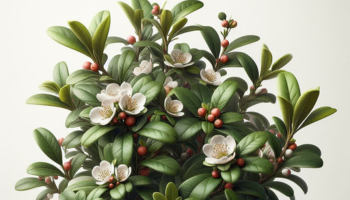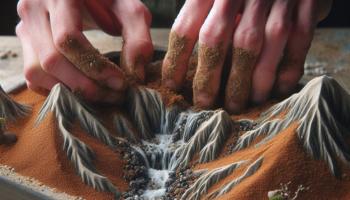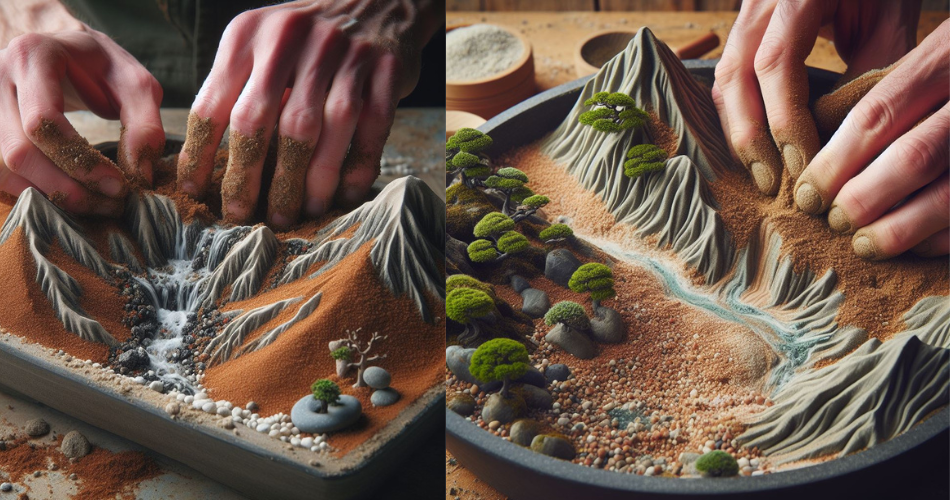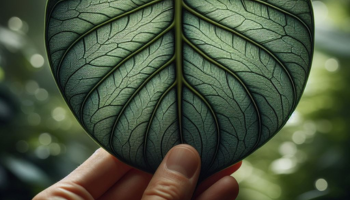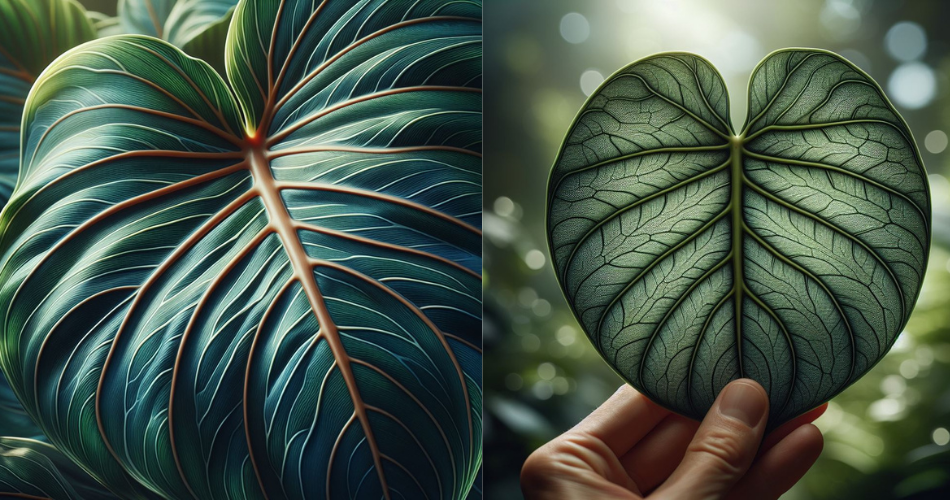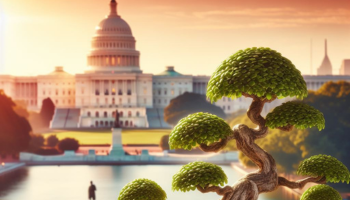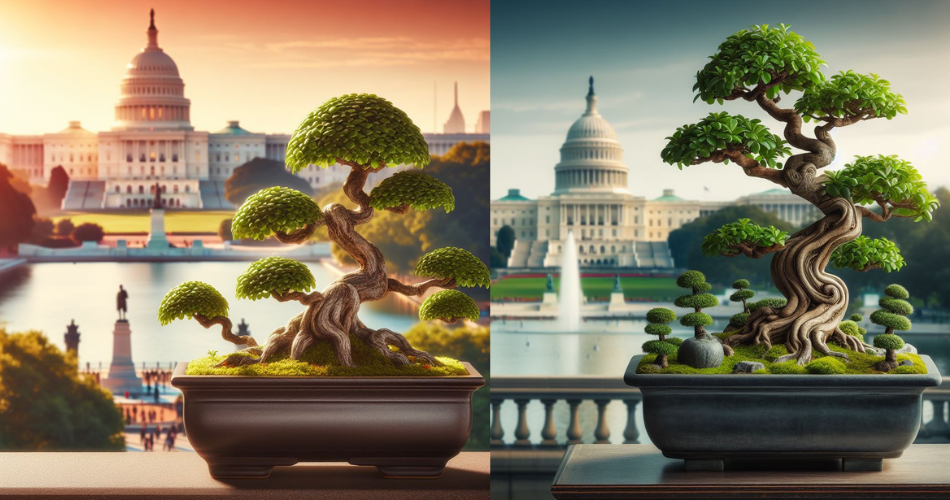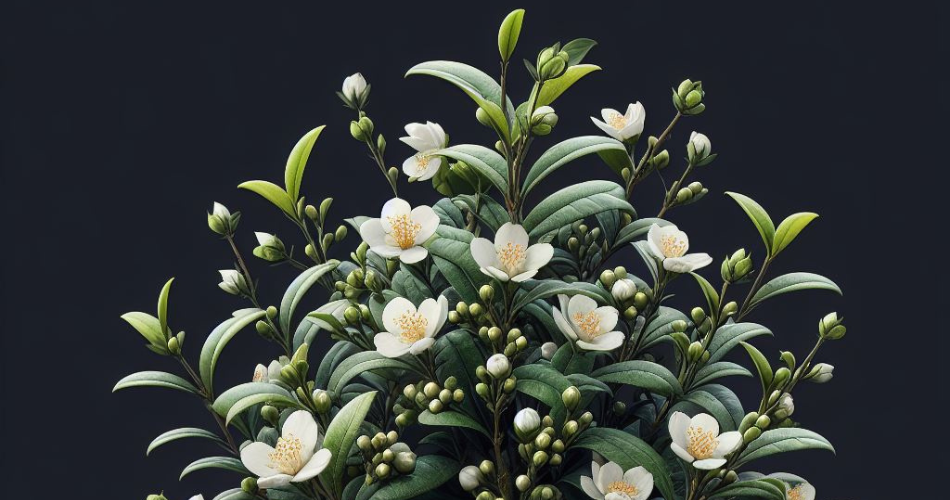
Welcome to the world of Fukien Tea Tree Bonsai! If you are a bonsai enthusiast or someone looking to embark on the journey of caring for a unique and beautiful miniature tree, then you’ve come to the right place. In this article, we will explore the art of caring for a Fukien Tea Tree Bonsai, a species known for its delicate leaves, small white flowers, and its ability to thrive indoors. Whether you are a beginner or have experience with bonsai cultivation, understanding the specific needs and techniques for nurturing a Fukien Tea Tree Bonsai is essential for its health and longevity. So, let’s dive in and discover the fascinating world of caring for a Fukien Tea Tree Bonsai!
What is a Fukien Tea Tree Bonsai?
The Fukien Tea Tree Bonsai, also known as Carmona retusa (try saying that five times fast), is a small evergreen tree that hails from the Fujian province in China. It’s a popular choice among bonsai enthusiasts because of its delicate, shiny leaves and charming white flowers that bloom throughout the year. Picture the cutest little tree you’ve ever seen, and that’s pretty much what a Fukien Tea Tree Bonsai looks like.
History and significance of Fukien Tea Tree Bonsai
Now, let’s take a little trip down history lane. The Fukien Tea Tree Bonsai has been cultivated for centuries, with its roots (pun intended) tracing back to ancient China. These miniature trees were often grown and displayed by aristocrats and scholars, who believed they brought luck, peace, and a touch of Zen to their surroundings. So, if you’re looking to up your sophistication game or impress your friends with your refined taste, a Fukien Tea Tree Bonsai might just do the trick.
2. Understanding the specific care requirements of a Fukien Tea Tree Bonsai
– Light and temperature requirements
Ah, the eternal struggle of finding the perfect lighting conditions. Just like us, Fukien Tea Tree Bonsais thrive in bright, indirect sunlight. So, find a cozy spot near a window where your bonsai can soak up those rays without getting scorched. As for temperature, these little guys prefer a warm and humid environment. Keep them away from drafts and extreme temperature fluctuations, and you’ll be golden.
– Importance of proper placement
Let’s talk about placement, shall we? Your Fukien Tea Tree Bonsai wants to feel like the VIP it is, so give it some breathing room. Avoid crowding it with other plants or placing it in high-traffic areas where it might get jostled around. And please, for the love of all things bonsai, don’t put it next to a heater or air conditioner. Remember, this isn’t a tree spa day—it just wants some peace and quiet.
3. Selecting the right soil and pot for your Fukien Tea Tree Bonsai
– Choosing the appropriate soil mix
You wouldn’t wear flip-flops in a snowstorm, would you? (If you would, we need to have a serious talk.) Well, the same goes for your bonsai’s soil. Fukien Tea Tree Bonsais prefer a well-draining soil mix, like a bonsai soil mix or one specifically formulated for tropical plants. Say goodbye to soggy roots and hello to happy, thriving bonsai buddies.
– Pot selection and considerations
Now, let’s find the perfect pot to house your precious bonsai. Opt for a pot with good drainage holes, because nobody wants a soggy bottom (yes, we went there). Make sure the pot is the right size for your bonsai—neither too big nor too small. And hey, if you’re feeling adventurous, go for a pot that matches your bonsai’s personality. After all, bonsais deserve a little pizzazz too.
4. Watering and humidity needs for a healthy Fukien Tea Tree Bonsai
– Watering frequency and techniques
Ah, the waterworks. Fukien Tea Tree Bonsais like to keep things moist but not soaking wet. Water your bonsai when the top layer of soil feels slightly dry to the touch, but don’t let it dry out completely. And here’s a pro tip: instead of drenching your bonsai with a torrential downpour, try using a watering can with a fine spout to give it a gentle shower. Your bonsai will thank you with lush greenery.
– Maintaining optimal humidity levels
Humidity—the spice of bonsai life. These little trees thrive in a humid environment, so consider placing a tray of water near your bonsai or using a humidity tray to keep the air moist and happy. If you’re really feeling fancy, you can even mist your bonsai daily to give it that extra boost of moisture. Just think of it as a bonsai spa treatment without the fluffy robe and cucumber slices.
And there you have it, folks—a crash course in caring for your Fukien Tea Tree Bonsai. With a little love, attention, and the occasional serenade (they love a good tune), your bonsai will flourish and bring joy to your life. Happy bonsai-ing!
What kind of soil does a Fukien Tea Tree need?
A Fukien Tea Tree digs a airy, slightly acidic homestead. Imagine gravel with a sprinkle of bark or peat moss – fast drainage is key! Regular potting mix is too soggy, like a swamp, so avoid that. Think volcanic rocks, pumice, or even coarse sand in the mix. A pH around 6-6.5 makes it happy, like a mild lemonade bath. Repot every few years for fresh digs and happy roots!
How to Care for a Fukien Tea Tree Bonsai: Pruning, Feeding, Pests, and More!
5. Pruning and shaping techniques for maintaining the desired form of your bonsai
Pruning and shaping your Fukien Tea Tree bonsai is like giving it a stylish haircut, but with branches instead of bangs. Understanding different pruning cuts is essential for maintaining the desired form of your miniature tree. Think of it as a bonsai spa day!
– Understanding different pruning cuts
Just like a bonsai barber, you have a few cuts up your sleeve. The three main pruning cuts you will use are:
1. Pinching: This involves gently removing the tips or buds of new growth with your fingers. It helps maintain the shape and compactness of the bonsai.
2. Heading back: Here, you’ll trim off a portion of a branch to promote new growth. Think of it as a bonsai makeover, creating a more balanced and attractive appearance.
3. Thinning: This is like thinning out a jungle in the Amazon. By removing excessive branches or foliage, you improve airflow and light penetration, ensuring a healthier bonsai.
– Wiring and shaping methods
Sometimes, your bonsai needs a little help to achieve its desired shape. Wiring comes into play here. It’s like putting your bonsai on a fashion runway, allowing you to sculpt and shape it with wires.
Remember to use gentle pressure to avoid hurting your bonsai’s delicate branches. And, don’t forget to remove the wires once your tree has set into the desired position, or else you might end up with a bonsai that looks like it was caught in a spiderweb!
6. Fertilizing and feeding the Fukien Tea Tree Bonsai for optimal growth
Just like us, bonsai trees need their nutrients to thrive. Feeding your Fukien Tea Tree bonsai is like treating it to a delicious meal—it will thank you with vibrant growth and lush foliage. Here’s how to become the Gordon Ramsay of bonsai feeding:
– Choosing the right fertilizers
Your bonsai needs a balanced diet. Opt for a slow-release bonsai fertilizer that provides a steady supply of nutrients. Look for one with a balanced NPK ratio, indicating the presence of nitrogen, phosphorus, and potassium.
Also, avoid overfeeding your bonsai—it’s not a buffet! Follow the recommended dosage and frequency specified on the fertilizer packaging.
– Feeding schedule and techniques
Feeding your bonsai is not a one-time affair. It requires consistency and a touch of finesse. During the growing season, which is typically spring and summer, aim to fertilize your Fukien Tea Tree bonsai every two to four weeks.
When applying the fertilizer, water the bonsai first to prevent root burn, then apply the fertilizer solution according to the instructions on the label. And remember, patience is key. Just like a fine wine, your bonsai will get better with time and proper feeding.
7. Dealing with common pests and diseases in Fukien Tea Tree Bonsai
Unfortunately, bonsai trees are not immune to unwanted visitors like pests and diseases. But fear not! You can squash those tiny critters and keep your bonsai healthy and happy.
– Identifying common pests
These pesky invaders can range from mealybugs to spider mites, and they can wreak havoc on your bonsai’s well-being. Keep an eye out for any signs of yellowing leaves, sticky residue, or webs. These are usually telltale signs that your bonsai has unwanted guests.
– Effective pest control and prevention
When it comes to defending your bonsai, prevention is your best friend. Regularly inspect your bonsai, especially the undersides of leaves, for any signs of pests. If you spot any, it’s time for some bonsai warfare!
Use organic pest control solutions or insecticidal soap to rid your bonsai of these intruders. Apply as directed, and remember to follow up with a gentle shower to rinse off the soap. You don’t want your bonsai smelling like a spa day gone wrong!
8. Tips and tricks for promoting overall health and longevity of your bonsai
Keeping your Fukien Tea Tree bonsai in top-notch condition requires some extra TLC. These tips and tricks will help you become a bonsai whisperer, nurturing your miniature tree like a pro.
– Bonsai maintenance routines
Similar to maintaining a pet or a houseplant, your bonsai needs a regular maintenance routine. This includes watering when the soil is slightly dry, adjusting the position to ensure equal sunlight exposure, and removing dead leaves or branches.
– Seasonal considerations for Fukien Tea Tree Bonsai care
Different seasons call for different care. During the colder months, protect your bonsai from freezing temperatures by moving it indoors. In warmer months, make sure to shield it from scorching sun rays.
Also, consider the seasonal growth patterns of your Fukien Tea Tree bonsai. Adjust your pruning, feeding, and watering routines accordingly. Remember, it’s all about adapting and keeping up with the bonsai trends!
Now that you know how to care for your Fukien Tea Tree bonsai, go forth and become the bonsai expert amongst your friends. With proper pruning, feeding, pest control, and a touch of love, your bonsai will flourish like a superstar!
Caring for a Fukien Tea Tree Bonsai can be a rewarding and fulfilling experience. By understanding its unique care requirements and implementing the right techniques, you can enjoy the beauty of this miniature tree in your own home or garden. Remember to provide it with proper lighting, water it diligently, shape and prune it to your desired form, and protect it from pests and diseases. With patience, dedication, and a little bit of artistic touch, your Fukien Tea Tree Bonsai will flourish and become a stunning centerpiece in your bonsai collection. So, go ahead and embark on this wonderful journey of nurturing and caring for your own Fukien Tea Tree Bonsai!
What is the lifespan of Fukien Tea?
Average: Around 20 years as a bonsai.
Potential: Over 100 years with exceptional care.
Do Fukien Tea trees lose their leaves?
Yes, Fukien Tea trees (Carmona retusa), like many other deciduous and evergreen trees, can experience leaf loss. Leaf drop in Fukien Tea trees can be influenced by various factors such as changes in environmental conditions, stress, or natural shedding as part of their growth cycle. It’s essential to observe and understand the specific conditions of your tree, ensuring proper care and addressing any potential issues to promote overall health and leaf retention.
FAQ
1. Can I keep a Fukien Tea Tree Bonsai indoors?
Yes, Fukien Tea Tree Bonsai can be kept indoors as they prefer warmer temperatures. However, it’s important to ensure they receive sufficient light and maintain proper humidity levels to promote healthy growth.
2. How often should I water my Fukien Tea Tree Bonsai?
The frequency of watering your Fukien Tea Tree Bonsai will depend on factors such as the size of the pot, humidity levels, and the season. It’s generally recommended to water the bonsai thoroughly when the topsoil feels slightly dry to the touch, but avoid overwatering to prevent root rot.
3. Do Fukien Tea Tree Bonsai require special pruning techniques?
Yes, Fukien Tea Tree Bonsai require regular pruning to maintain their desired form and promote branching. Techniques such as pinching, wiring, and selective pruning can be used to shape the bonsai and encourage compact growth.
4. How do I prevent pests and diseases in my Fukien Tea Tree Bonsai?
To prevent common pests like aphids, mites, and scale insects, regularly inspect your bonsai and take prompt action if any infestation is detected. Maintain good hygiene, provide adequate airflow, and consider using organic pest control methods. Additionally, ensure proper watering practices to prevent fungal diseases.

